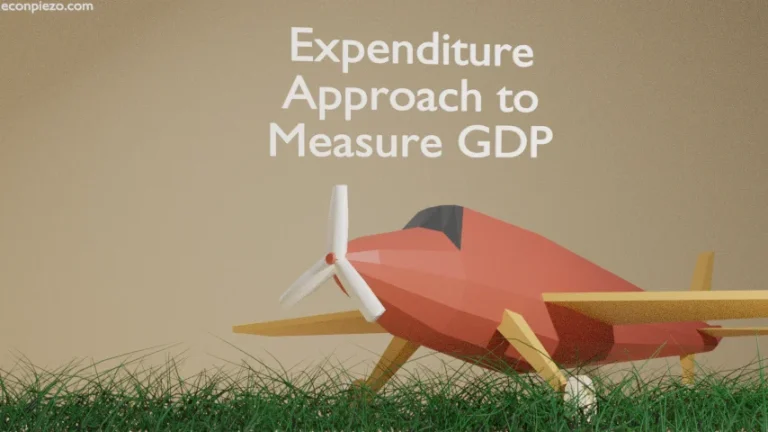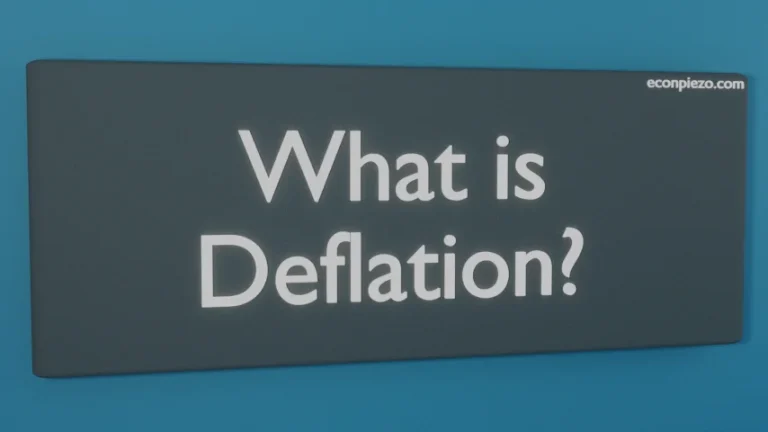In this article, we cover how to calculate the M1 money supply. Every month, the U.S. Federal Reserve publishes monetary aggregates. For Money stock measures, the U.S. Federal Reserve issues H.6 Release. The release includes data on M1, M2, Currency in circulation, Reserve balances, Total borrowings, and Non-borrowed reserves.
Both M1 and M2 help us measure the money supply. Here, M1 is about the forms of money that are most liquid. This includes Negotiable order of withdrawal accounts, Automatic transfer service accounts, savings deposits, currency, demand deposits, etc.
While M2 includes the components of M1. Apart from that M2 also has balances in retail money market funds and small-denomination time deposits.
Now, with the basics done, we come to the purpose of the article.
How to calculate the M1 money supply
It consists of the following:
- Currency that isn’t with the U.S. Treasury, Depository institutions, and Federal Reserve Banks.
- Demand deposits with commercial banks, and thrift institutions.
- Savings Deposits.
- Other liquid deposits include Negotiable order of withdrawal accounts, Automatic transfer service accounts, Share draft accounts, etc.
So, we add all these up to the M1 money supply.
In conclusion, we have covered here how to calculate the M1 money supply.
Additional Info:
We find this interesting to share. The increase and decrease in the money supply do affect us all. At times, the increase in money supply has led to an increase in the price of goods and services. How does that happen?
When the money supply increases faster than the ability of firms to provide goods and services. In that case, this leads to a goods and services supply shortage for the time being. And, that pushes the prices of goods and services up resulting in higher rates of inflation. But, the supply would eventually catch up. And, this cools the prices down.
On the other hand, when there is a decrease in money supply. It increases the value of money and brings the prices down.
But, there are far more factors involved. And, we have just covered one scenario. That doesn’t mean it always happens like that. For instance, technological shifts can also bring the price of goods and services down without a decrease in the money supply. So, before coming to a conclusion consider those factors as well.






